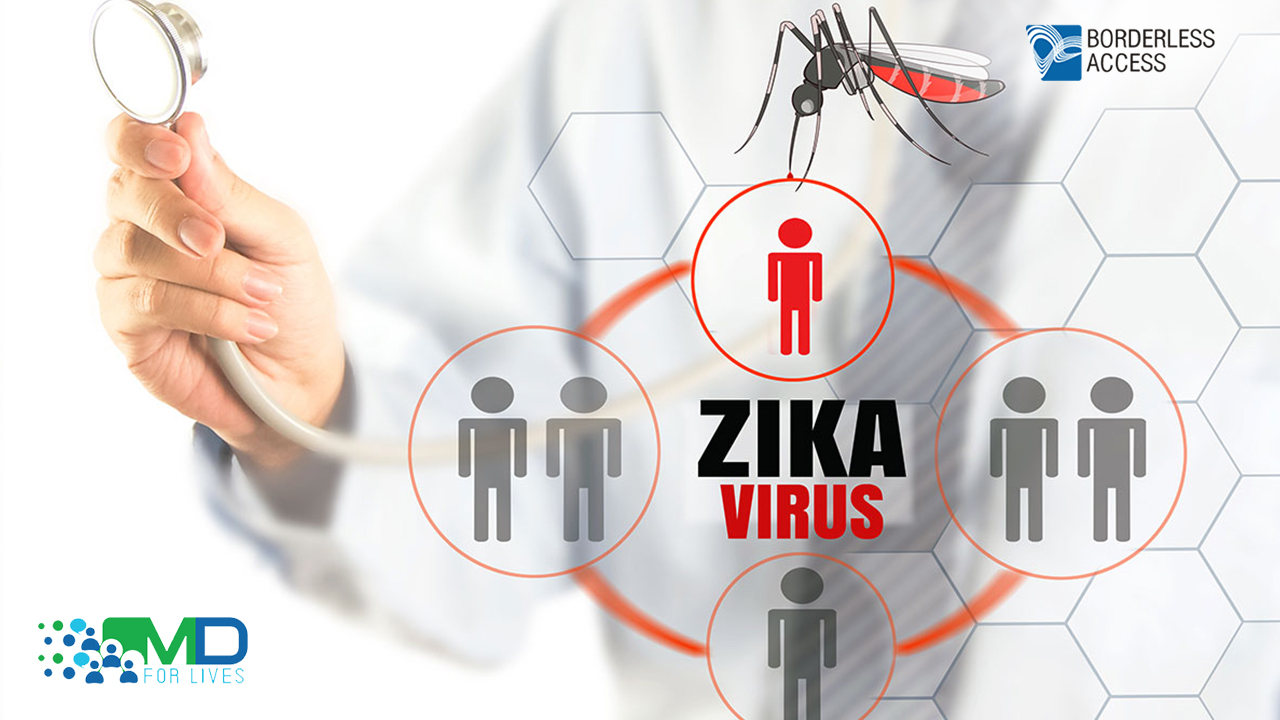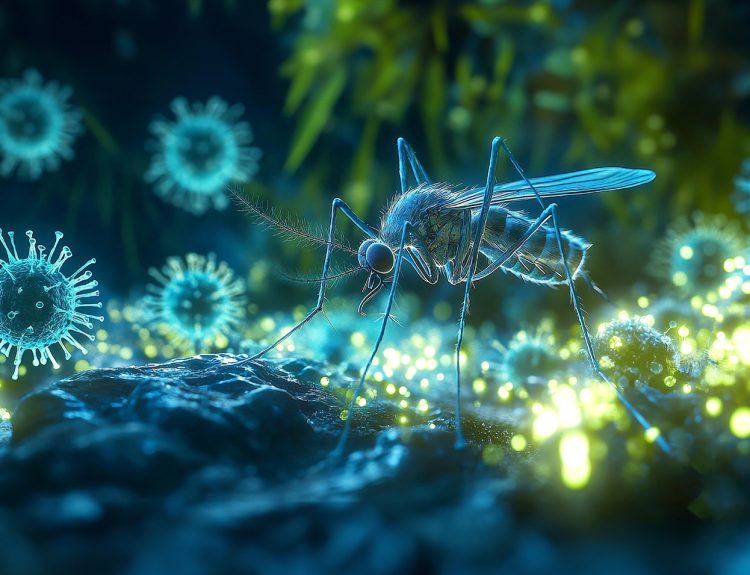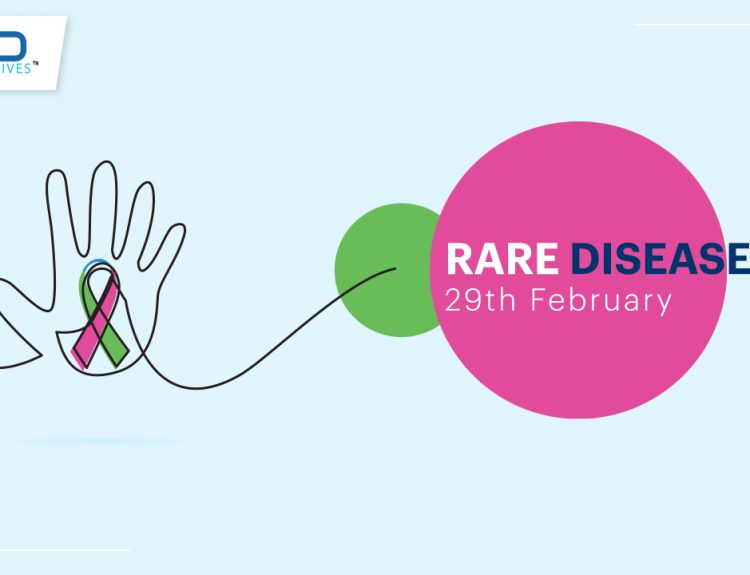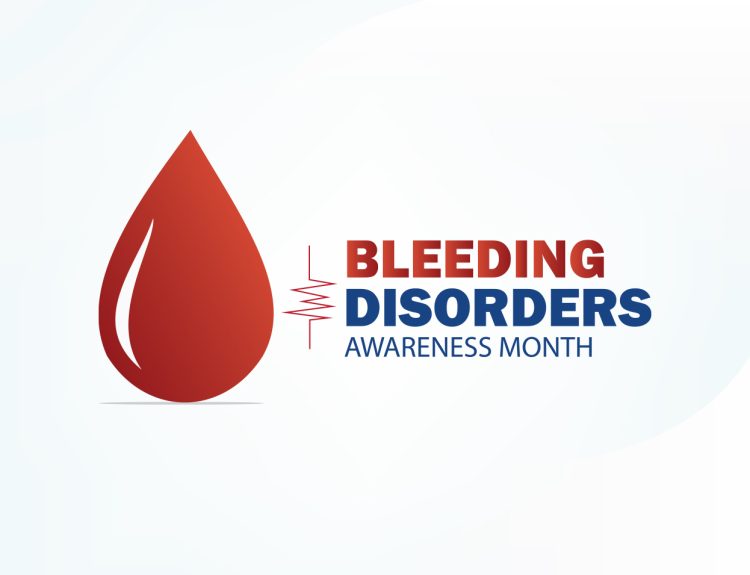Zika virus discovered in Uganda in 1947 is currently making the world headlines for its outbreak in South America in 2015. The Zika virus infection is currently posing a global threat because it spreads through mosquitoes of the Aedes species. Although related to the yellow fever virus and dengue virus, this virus has shown far more devastating effects. Sporadic viral infections of the Zika virus have been reported from the 1960s, but the clinical symptoms involved low fever and were self-limiting.
Zika virus: The current scenario
The 2015 Zika virus outbreak in South America became a major concern after studies revealed the apparent association of the Zika virus to the Guillain–Barré syndrome. The severity of the issue increased after Zika virus infection in pregnant women was linked to microcephaly in neonates. It is estimated that, in 2016, 1.5 million people have been infected by the virus in Brazil. (3)

Another cause of concern is that 80% Zika virus cases are reported to remain asymptomatic and only 20% patients may show symptoms like fever, maculopapular rash, conjunctivitis, and arthralgia. These 80% cases may go undetected and cause congenital abnormalities. Research based on infected pregnant women in Brazil suggests that approximately one third of deliveries will involve severe birth complications, including microcephaly, fetal cerebral calcification, and central nervous system alterations.
It is estimated that the catastrophic effects of this infection will far exceed those of thalidomide which produced congenital abnormalities in thousands of neonates in the 1960s. This is because the effects of the virus may not be completely identified for several years even after child birth.
Measures implemented to monitor infected patients
The Center for Disease Control and Prevention (CDC) and the National Institutes of Health (NIH) are working towards launching a major study program on the prenatal and postnatal effects of the Zika virus infection. The NIH is gearing up to track nearly 10,000 pregnant women in Puerto Rico, Brazil, Colombia and other countries under the program Zika and Infants in Pregnancy also known as ‘ZIP’. Women and children not infected by the virus will be taken as controls for the study. In utero studies are going to be a major part of the program. The time point during pregnancy at which the patient was infected and the significance of the infection at different trimesters are extremely important for undertaking preventive and treatment measures. The population of pregnant women not affected by Zika virus will be taken as controls.
ZIP will start monitoring pregnant women from their first trimester and continue to do so through delivery and the first year of the infant’s life. The aim is to identify and measure developmental milestones and may include ultrasound tests during pregnancy. General responses of the new born can be assessed, such as the eye movement corresponding to the surrounding movements, whether the infant is able to turn over, crawl, stand, and walk at the appropriate age, monitoring the child for duration of 1 year. Another CDC study is intended to follow up the patients in Puerto Rico for at least 3 years to further monitor the child’s physical and mental development.






